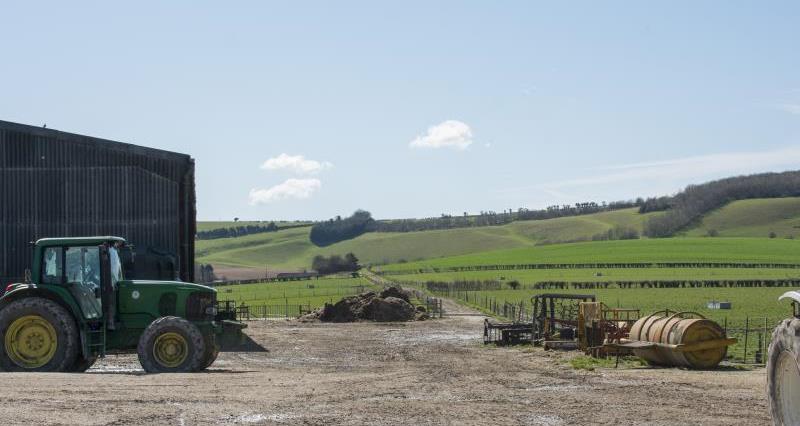Pesticide losses come from both arable and grassland farms, with the farmyard being thought to account for 40% of losses (or more in grassland areas).
By following best practice guidance in the farmyard you can reduce the risk of water pollution and the waste of crop protection product.
What can I do?
There are several things you can do when organising filling and cleaning to prevent point source pollution:
- Choose formulations and packaging designs that minimise the risk of spills and splashes and ease container cleaning and disposal.
- Remember not all pesticides are applied as sprays. In particular, take great care when applying slug pellets, nematicides and treated seed.
- Check application equipment is in good working order. Use the National Sprayer Testing Scheme (NSTS) and operator checklist.
- Mixing and handling is best done on an impermeable surface where drainage is collected and drained to grass/soil (apply to vegetated land in line with a groundwater permit) or via a lined biobed. (Subject to agreement from the Environment Agency).
- Do not use the field entrance as a filling point if it is adjacent to or could cause run off into a watercourse. For example, a road, track or other feature which could channel run‑off water.
- Use a bowser or separate storage tank and ensure the water supply is connected via a double check valve.
- Never take water direct from the mains, troughs, watercourses or ponds.
- Never leave application equipment unattended while filling.
- Check for drips and leaks before leaving the mixing area.
- Fill using the induction bowl or closed transfer system where available.
- Pressure or triple wash containers and drain into the induction bowl. Rinse seals and lids over the induction bowl. Keep any cardboard clean.
- Store empty containers safely and upright after use.
- Follow disposal contractor’s advice on segregating clean packaging material and ensure all packaging materials including seals and lids are correctly disposed of/recycled.
Pesticide specific advice is available in Water Protection Advice Sheets.
